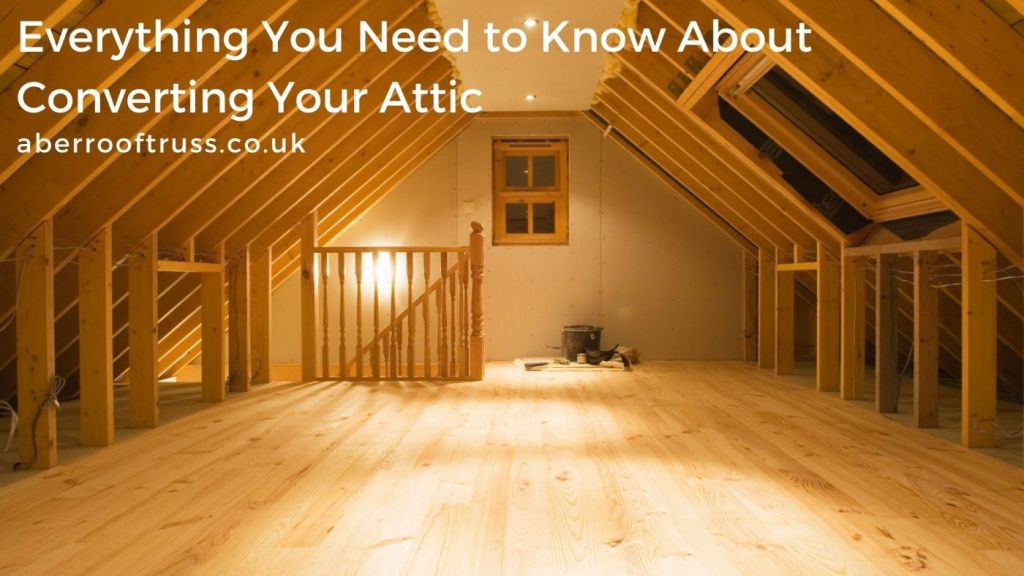
The use of attic roof trusses have fast become the preferred solution for architects and clients across the UK housing market looking to increase living space in new builds and even in existing homes while improving property value.
Converting your attic into an extra room is a great way to expand your living space, but there are a lot of things to consider about the process.
Assessing your attic space
The first step to creating a new attic room is to determine whether or not your roof is suitable for this kind of renovation. The first and perhaps most important thing you need to consider is whether the height of the room will allow you to convert it.
For a traditional cut rafter roof, you will need a minimum internal height of 2.2m measured in the centre of the roof cavity. If you have a trussed roof, your minimum internal height needs to be 2.4m. Any less than this may mean you will not be able to complete the conversion, or you may need to find an alternative method to maximise space.
Determine the space
After you have determined that your unused space can be converted, you need to think about how you want to utilise it. Your extension can be used in many different ways. Your attic space may be converted into an extra bedroom – perfect to accommodate guests. Alternatively, you may decide to use it as a games room or even an office.
How you plan on using the attic conversion will then depend on the design, as well as the materials used, so make sure to decide the use of the room very early on in the process.
Roof Structure & Open Web Joists
There are a few types of attic conversions you can do in your home. Choosing the best one for you will depend on the structure of your roof, how you plan to use your new space, and how much money you have available.
3 types of attic conversions are:
- Dormer Roof Conversion
- Rooflight / Velux Conversion
- Mansard
Strengthening the attic conversion floor is essential for safety. To comply with Building Regulations, floor joists need to be installed. The existing space joists may not be able to support the new floor.
Windows & natural light
Natural light is one of the benefits of attic conversions, as they don’t require extensive alterations. For your new space, skylights are a great option and will provide all the natural light you need. Skylights are also a great way to save money on your energy bills, as they help to keep your home warm during the cold months. In the summer months, you can even install skylights that can be opened to prevent your room from getting stuffy.
Stairs
Stairs are invariably tricky to design on attic conversion projects, since there is little space for them. Having narrow winding flights is acceptable, but it’s difficult to move furniture up them, so it may prove impractical.
As part of the fire safety point, the stairs to your conversion will have to lead to a fire escape or an outside door, either at the top of the stairs or at the bottom. This is important fire safety protocol and must be followed.
A successful attic conversion is a definite asset to your home. It can provide useful extra space and add value to your property.
As you can see there are many elements that you will need to consider when planning your conversion. If you want to make sure it is done right, it is a good idea to speak with a professional. Our specialist team can help customise your design, accommodating for roof lights, windows, balconies and staircase access whilst maintaining a high structural integrity yet working on your budget.
If you would like more information now how we can help, please contact us today.
